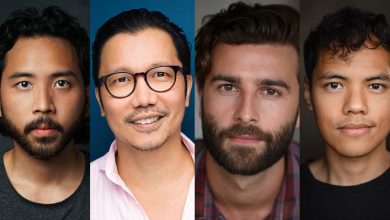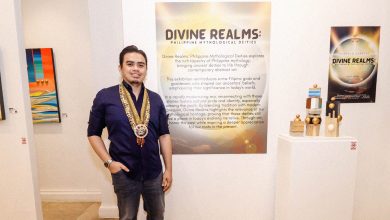MANILA, PHILIPPINES — The Korean Cultural Center (KCC) is an organization in the Philippines established to foster mutual understanding, appreciation and collaboration between Korea and the Philippines, serving as a resource for Filipinos to learn more about Korean culture and heritage. This 2024, the organization is celebrating 75 years of diplomatic relations between Korea and the Philippines with a stronger push towards appreciation, education, and cultural preservation.
Although Korean culture is at the forefront of major discussions on storytelling and production today, media is just one side of culture. And through the Korean Cultural Center’s continuing presence in the Philippines, it’s also no longer the only one Filipinos are looking at.
“As an organization, we view this milestone as an opportunity to strengthen cultural ties, by not only promoting Korean culture but collaborating with various aspects of rich Filipino culture,“ KCC Director Kim Myeongjin stated. To achieve this, the Center is rolling out several efforts this year in collaboration with Filipino arts and cultural institutions such as the National Commission for Culture and the Arts (NCCA), the National Museum of the Philippines, and more.
Of course, to “sustain culture” is no easy feat, especially in a foreign country that is just as passionate to safeguard its own. But what KCC has done successfully is to make its resources accessible to anyone who may be interested, to amplify its efforts to rake in more interest, and ultimately, to deepen Filipinos’ initial curiosity and general appreciation of culture as a whole — may it be Korean or their own.
“[Sustaining culture] involves not only maintaining traditions but also adapting them to contemporary contexts, to suit the modern era, ensuring their relevance and accessibility to diverse audiences,” Director Kim further explained, noting the Center’s current exhibition Endless Landscape: Digitally Reimagined Korean Art that showcases four immersive videos created by the National Museum of Korea that reimagines paintings of the Joseon Dynasty. “The digital approach makes it easier for Filipinos to appreciate the traditional Korean culture and enjoy it even without going to Korea. Through these activities, KCC also aims to increase appreciation among Filipinos and build lasting connections with the Filipino community,” he continued.

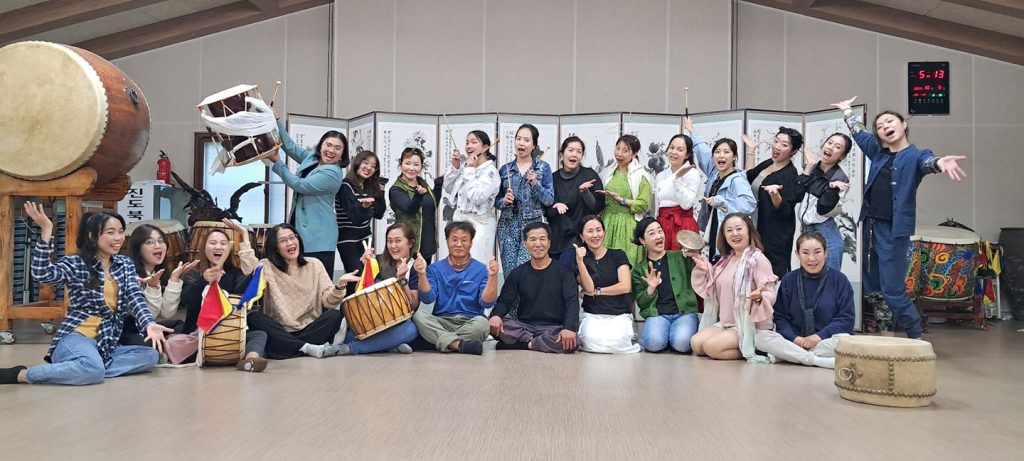

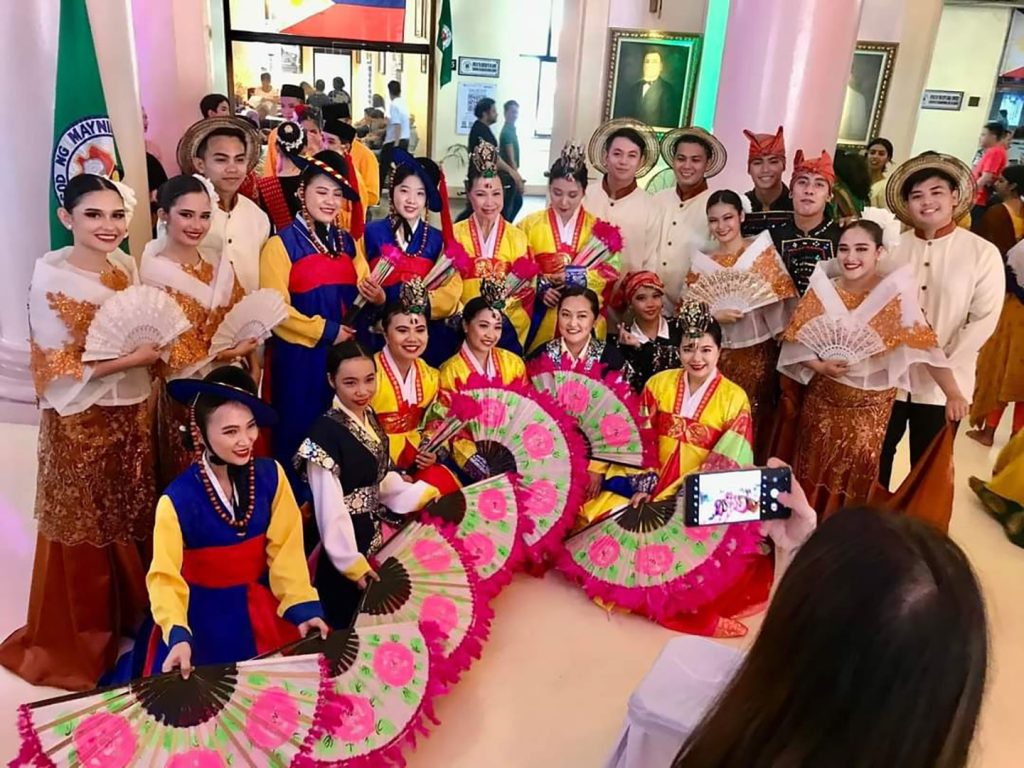
Moreover, in celebrating this milestone year, KCC has prepared activities and events to further showcase and strengthen Korean-Philippine ties. The initial lineup of events includes: Endless Landscape (January-June), Mini House Concert (January-June), K-Beauty Event (April), Korea Festival (May-June, Manila and Cebu), K-Drama OST Concert (June), Korean Film Festival (September), and workshops and exhibits in partnership with different Korea and Philippines’ cultural organizations.

But at the core of KCC’s activities lies three distinct pillars that allow them to champion Korean culture among Filipinos all the more: engaging people through the vibrant community of KREW, fostering education through language and culture programs, and nurturing the appreciation for performance arts with the all-Filipino traditional dance team NARA.
Community-building
Majority of KCC’s community engagements are supported and organized in partnership with KREW, a dynamic group of Filipinos that are passionate about celebrating and learning about Korean culture. The group achieves this through online content such as YouTube videos and blogs, and offline activities like events. It is annually recruited to bring Korean culture to life, and held its most recent orientation on February 02, welcoming 75 new members in celebration of 75 years.
Chelo Cervantes, who’s been with the organization since 2023, shared that KREW allows Korean enthusiasts such as himself to be immersed in Korean culture, right here in the Philippines. “I think my main role is to spread information and awareness to [fellow] enthusiasts that an organization such as KCC exists. Of course the dream of those who love anything related to Korean is to go to Korea, but it is not as easy as it sounds, so the mere existence of KCC is such a blessing for us who haven’t reached the Korean dream yet.”




True enough, the efforts KREW pushes out online and offline makes culture-learning more far-reaching and accessible because of the excitement from each of its members in each video, blog post, and in-person gathering. It highlights the power of bringing together like-minded people to spread information and incite excitement about something as seemingly hard to relate to as a foreign culture.
Bringing Korea to the Philippines
The KCC also hosts a number of classes for anyone who may want to take up Korean language, traditional arts, cooking, dance, and Taekwondo, which are offered for free on a raffle basis every term. These are part of the Center’s language and culture programs that aim to educate Filipinos about key aspects in Korean traditions.
“Language and cultural classes at the KCC let learners view and explore Korean culture with a deeper understanding. Attending these classes also helps learners recognize the philosophy behind each aspect of the Korean language and culture — a great contribution to bridging Korean and Filipino cultures together,” KCC Class Coordinator Jellaine Buen-Melgar explained.
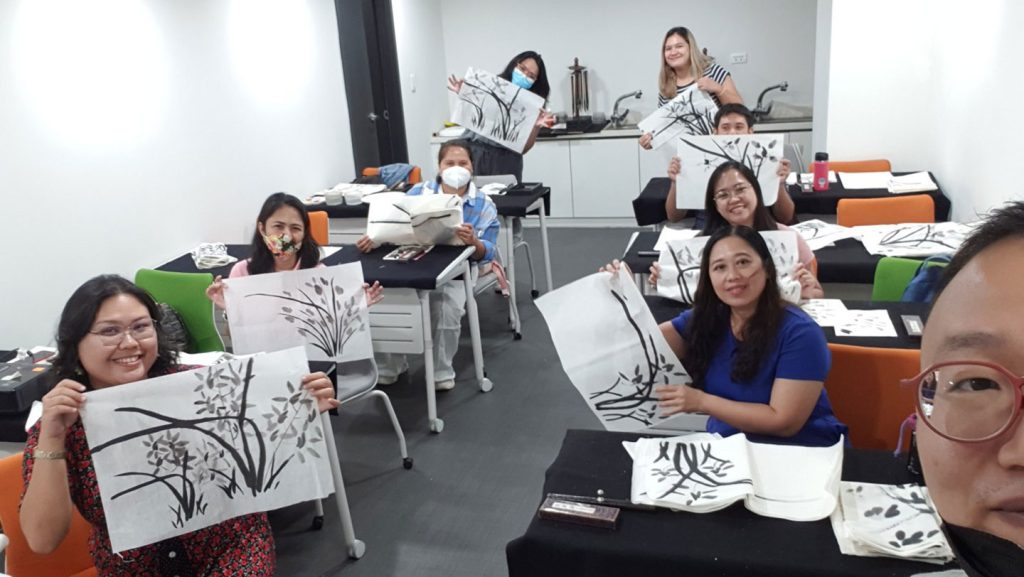
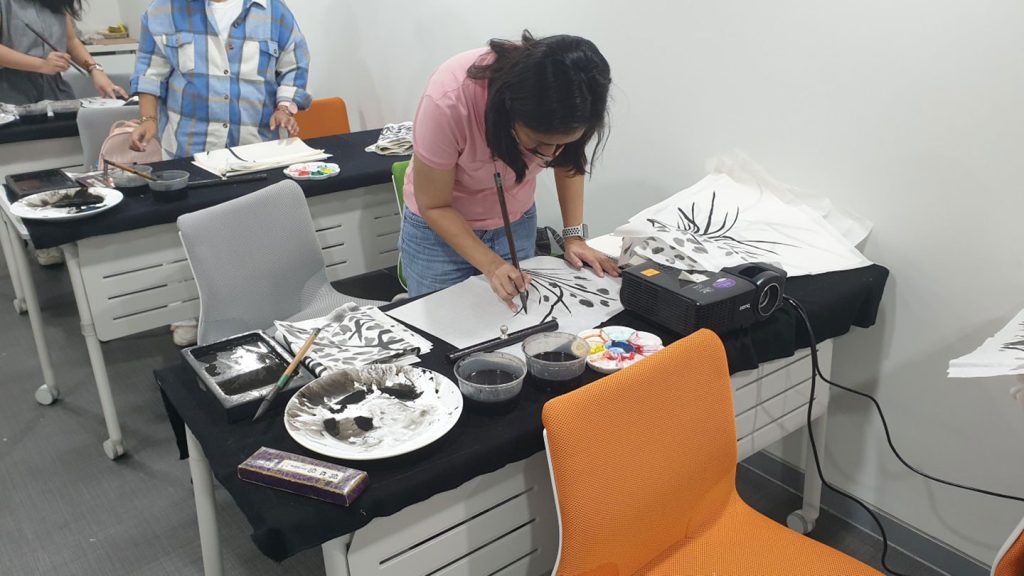
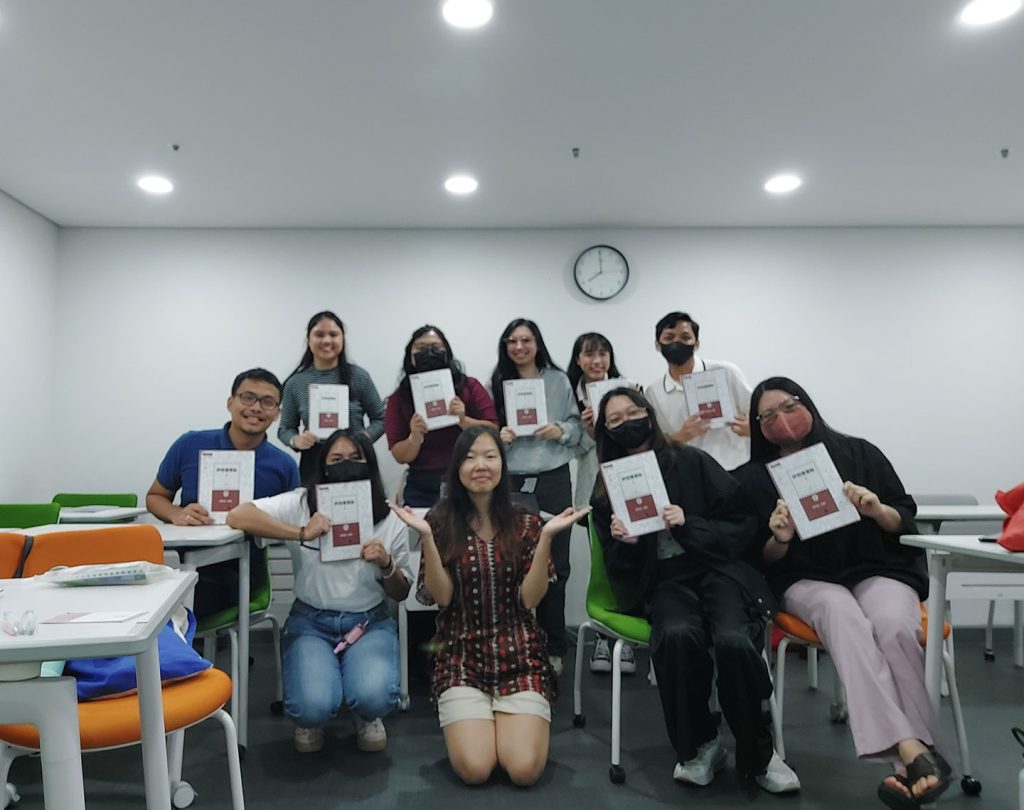

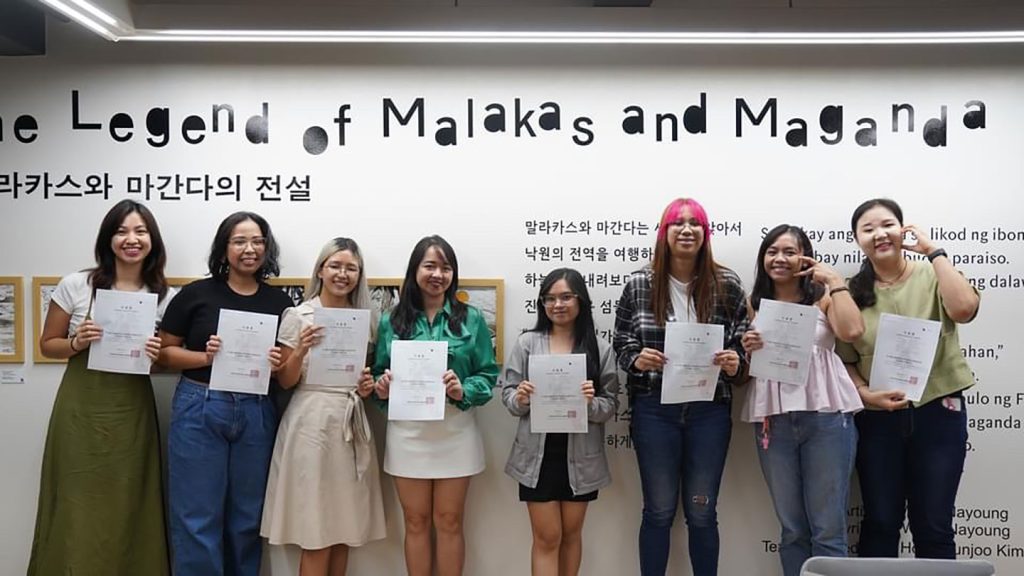
Furthermore, Jellaine listed down the top reasons students join these classes based on the applications they’ve received so far: first, to understand and appreciate K-Pop and K-Dramas more; second, to explore more job opportunities in Korea; and last, to pursue post-bachelor degrees in Korea. For the language classes, this points to the number one skill they want to improve on, which is to converse better in Korean.
By immersing themselves in these activities, participants are given the opportunity to fully appreciate culture through practice in a more profound way. After all, much of the understanding Filipinos have of their own traditions is also heavily tied with years of experiencing it through food, festivities, national spots, and speaking the language everyday — as it is with any culture.
Korean tradition and Filipino flair
Lastly, we could say that the most classical understanding of culture is derived from the arts. And in KCC, the all-Filipino traditional performance group NARA (which means “country” in Korean) is integral to this mission. By wearing colorful hanboks, waving fans, or playing traditional instruments in each performance, NARA aims to pique its audience’s interest and showcase the rich culture of Korea through dance and instruments. Furthermore, it represents the beauty, discipline, and fun of Korea’s colorful culture.
“We learned that in this day and age of highly advanced technology and social revolution dominated by TikTok, Instagram, and the like, we should slow down, step back, and realize the roots of performing arts. In this fast-paced environment, it is alright to SLOW DOWN and appreciate culture but not forget tradition. While access to performing arts is limited in the Philippines, compared to pop-culture, performing arts is as grand and real as the reels in social media, maybe even better,” members of the group shared in a collective statement.
They also noted that through the training they received on these traditions, they saw how Korea’s art forms are thoughtfully formed, improved and practiced over time — inspiring them to remain mindful, passionate and joyful as cultural performers.
“Lastly, we learned that we shouldn’t put limitations on ourselves when it comes to exploring the deeper perspective of other nation’s culture and traditions. There are a lot of means where we can understand more about it, like how KCC welcomes every Filipino individuals who are interested about Korea and its vibrant and diverse culture,” they emphasized.

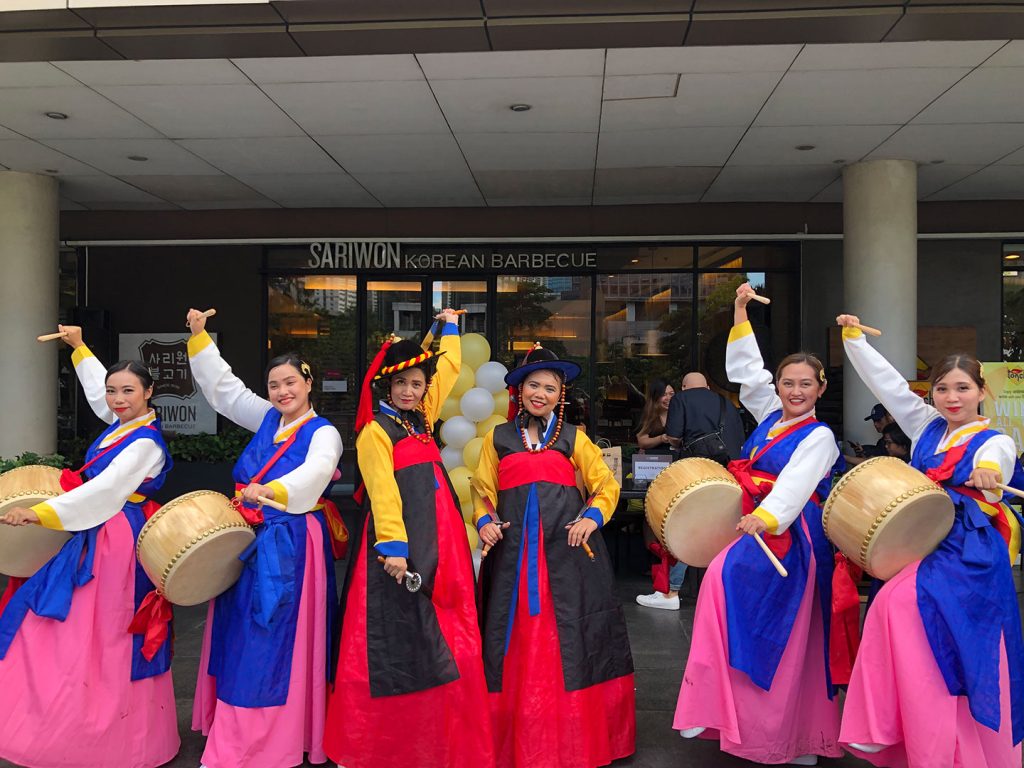
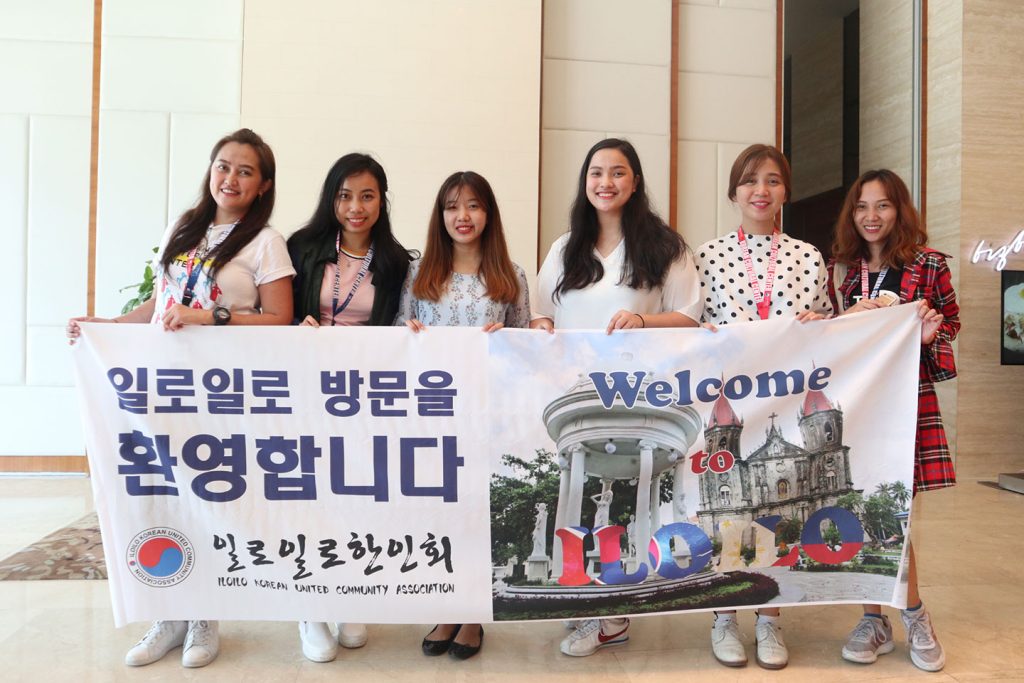

With all these programs, it’s clear that the Korean Cultural Center’s efforts to introduce Korean culture to the Filipino audience is a strategic push towards appreciation, immersion and education in all fronts. Anything that might interest someone about Korean traditions is readily available to be perused and explored, even in a foreign country such as the Philippines.
On the side of the Filipino audience, learning about Korean culture may also lead to a deeper appreciation of their own heritage. Philippine cultural organizations can also learn a lot about KCC’s efforts to engage communities, support learning programs, and cultivate the further mastery of traditional arts.
The celebration of 75 years of Korean-Philippine friendship is not only an opportunity to learn about another culture, but also a chance to learn from organizations such as KCC on how culture can be preserved and further explored throughout generations and across long distances.






